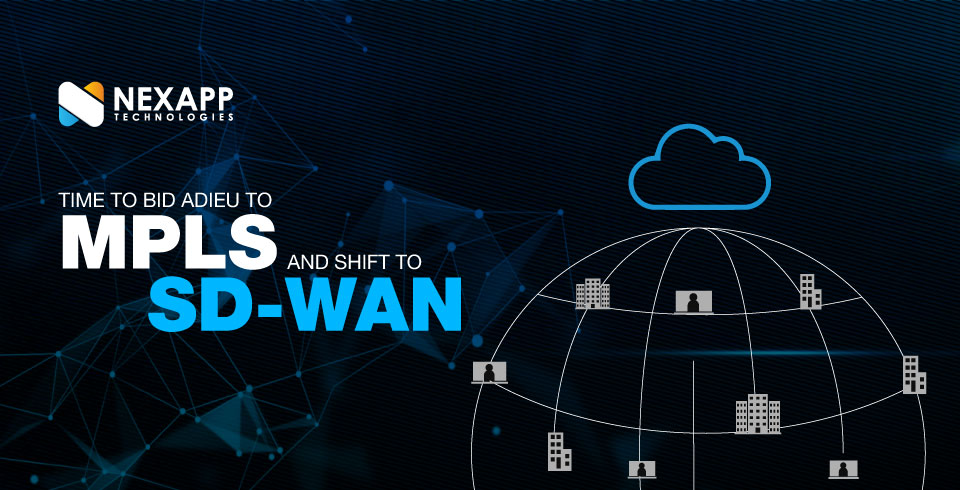
The world is moving at an insane speed and to keep up with this sudden change, humankind right now has no other option but to grow and adapt to these changes as they come. One of the most crucial changes that we have seen in the past few years is that of digital transformation. Along with changing the way we do business, digital transformation is the real catalyst for the increase in SD-WAN.
Up until a few years ago, IT professionals would laugh at the mere thought of abandoning MPLS and moving to a completely new and relatively alien concept of SD-WAN, but rave about its reliability and efficiency. But here we are today, discussing why it is time for enterprises to say goodbye to age-old MPLS and make the transition to SD-WAN.
Our aim here is not to focus on comparing MPLS and SD-WAN, or how one is better than the other. But to focus on how with time, technology and networking is changing and why is it important for us to make a switch
Gartner estimates that by the end of 2023, more than 90% of edge infrastructure will be in SD-WAN. This more or less holds true when we think about the immense data explosion that’s taking place today, and how many IT companies are rethinking WAN strategy and looking for a more simplistic and accommodative way to reduce the current complexities that are being faced. And SD-WAN is the solution.
SD-WAN is known to be the biggest leap in the networking industry, promising higher quality user experience along with greater operational agility. As enterprises have embarked on their transformational journey, SD-WAN is the way that businesses are migrating towards. But even though, SD-WAN is the big thing now, it does not mean that MPLS is going away anytime soon. SD-WAN still provides businesses with the option to opt for MPLS but helping them club it with various other options to help businesses communicate.
So what is SD-WAN bringing to the table?
- Do more with less – With eliminating geographic boundaries and having centralized management, SD-WAN makes way for fewer IT professionals to put in manual labor and save time.
- Improves network agility – With the ability to make changes centrally, making SD-WAN more flexible in connecting and controlling IoT devices at different sites.
- Cloud adoption – Applications residing on heavy data centers are now shifting to cloud storage, giving direct and timely access to users.
- Application performance – SD-WAN is being a supplement to MPLS. One of the main reasons why businesses are making this shift is the ability of SD-WAN to direct traffic through various pathways based on priority and application which in turn helps in improving performance.
These and other reasons like better and improved quality of services reduced costs, and higher security and network visibility are why this transition is taking place at such a rapid pace. With the businesses being in control, it gives them space and power to function exactly the way they want to. Thus, it’s time to move on from age-old MPLS and imbibe what is more accessible, user friendly and comparatively cheaper, and evolve with the changing times and move to SD-WAN.
To know more about SD-WAN and why it is the next big thing, check out Nexapp Technologies


